by Xiaoli Nan
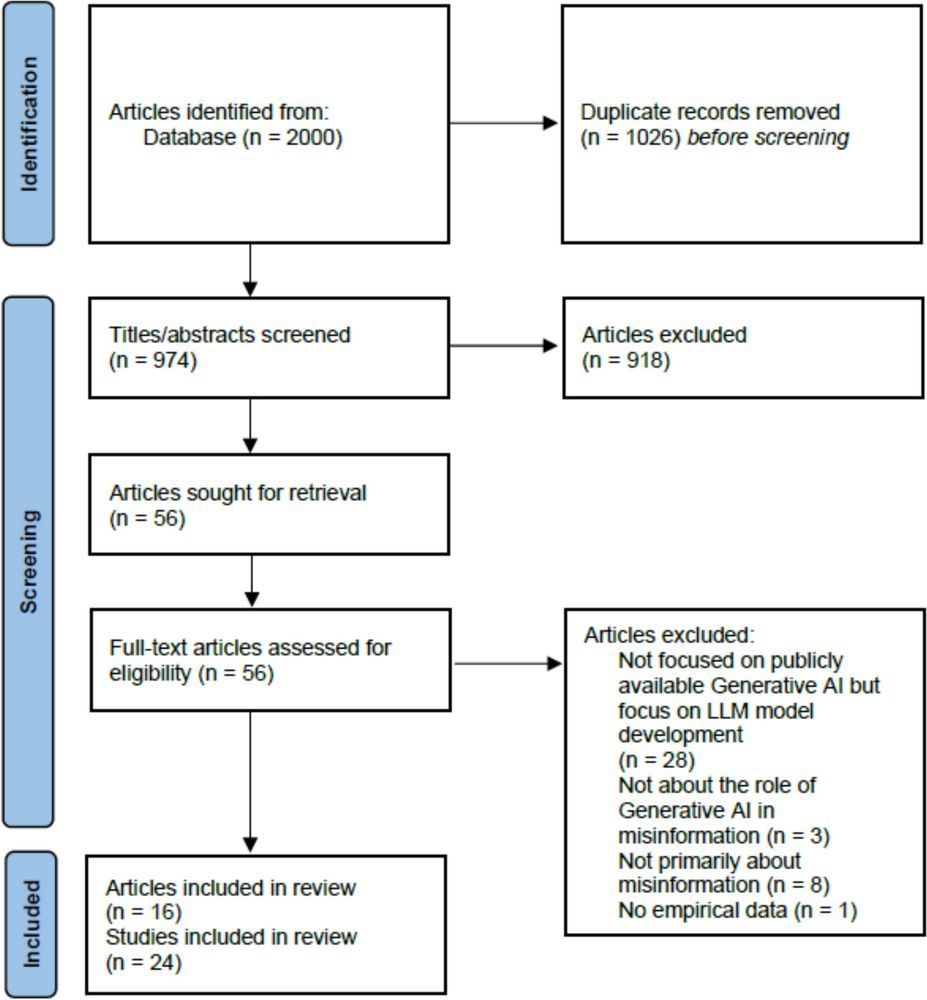
Reposted by: Xiaoli Nan
@who.int: “no conclusive scientific evidence confirming a possible link.”
"Public health leaders and organizations around the world have been sounding off..."
U.S. become Dark Age Nation

Reposted by: Xiaoli Nan, Janet K. Swim, William C. Clark , and 1 more Xiaoli Nan, Janet K. Swim, William C. Clark, Meru Sheel
🧪 #IDsky
www.science.org/content/arti...
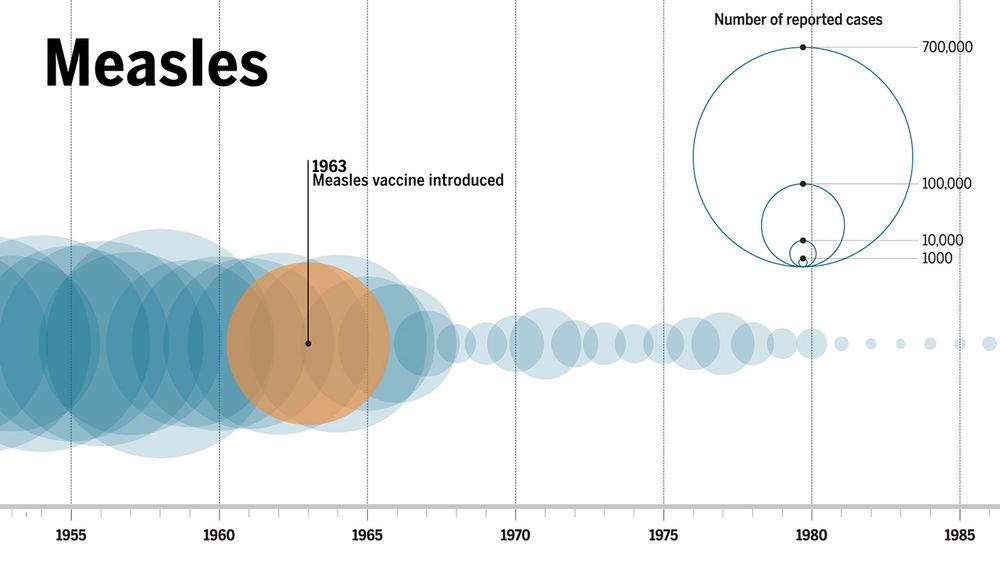
by Guy Grossman — Reposted by: Xiaoli Nan
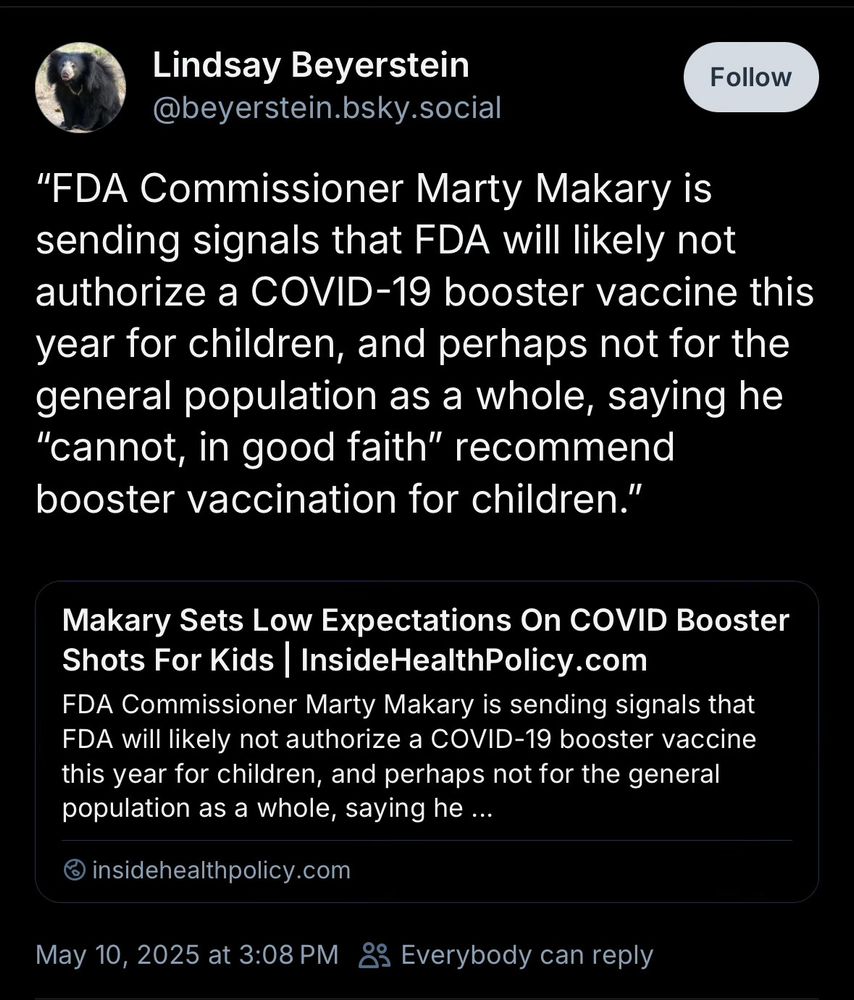
Reposted by: Xiaoli Nan
www.nature.com/articles/s41... #ScienceSky #SciComm

by Xiaoli Nan
by Xiaoli Nan
by Xiaoli Nan
Reposted by: Xiaoli Nan
Psychological Booster Shots Targeting Memory Increase Long-Term Resistance Against Misinformation
doi.org/10.1038/s414...
Press Release
www.ox.ac.uk/news/2025-03...
Key Findings
* Inoculation works
* Effects dissipate
* Booster shots remedy this
(1/10)
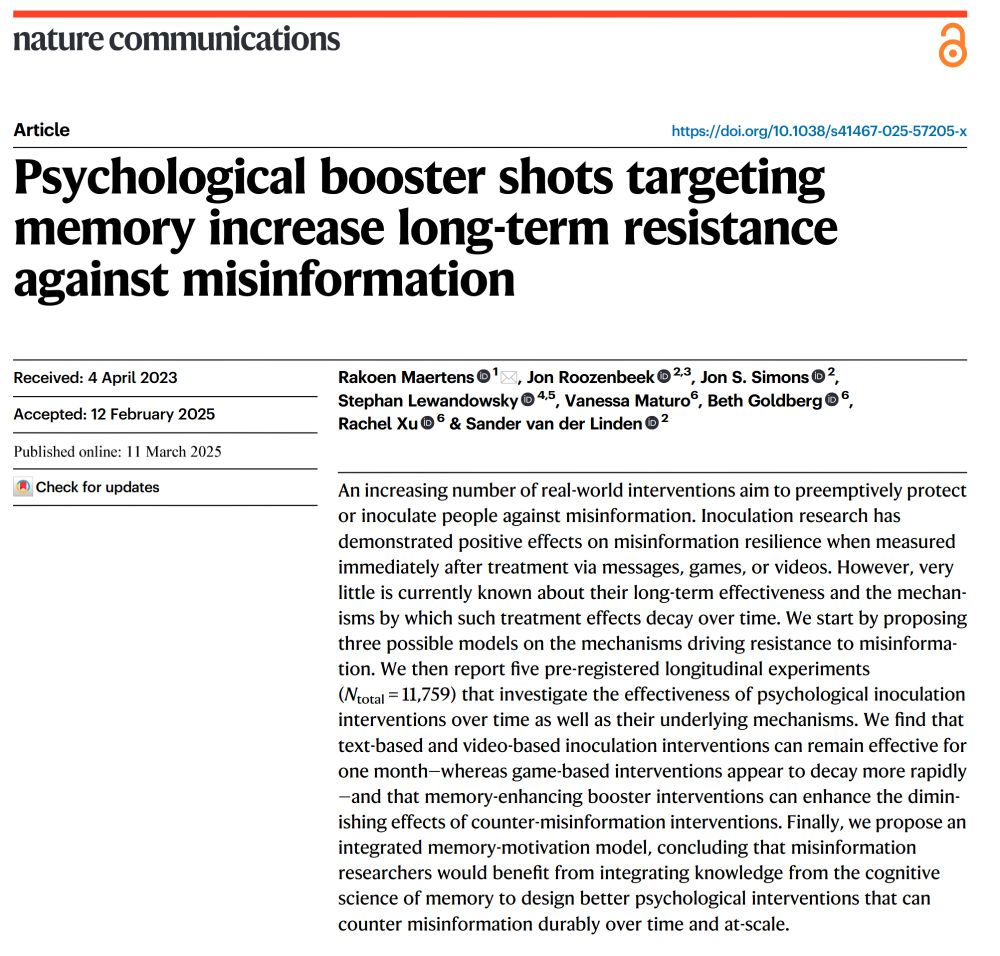
by Mor Naaman — Reposted by: Xiaoli Nan
I can’t remain silent - and hope you won’t, either.
open.substack.com/pub/garymarc...

by Stephan Lewandowsky — Reposted by: Xiaoli Nan
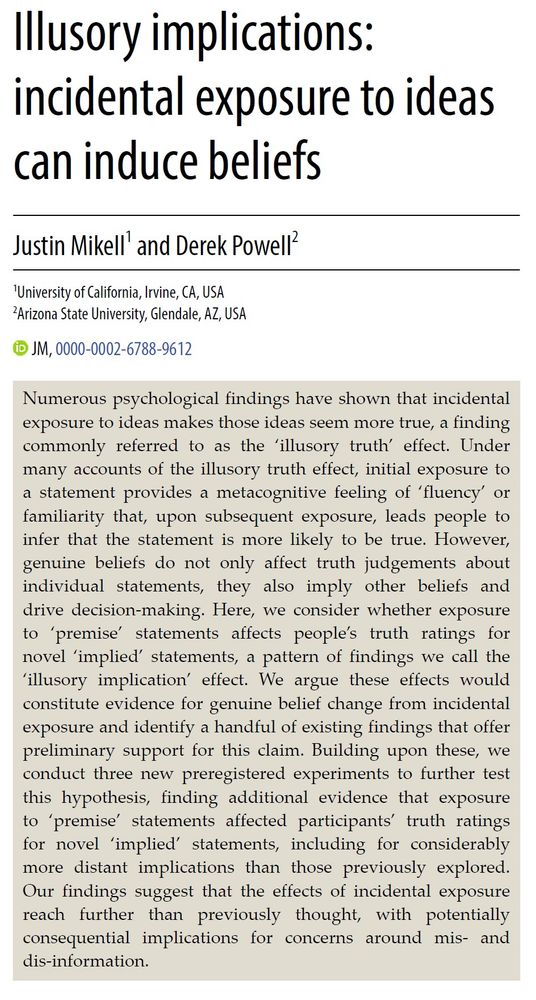
by Sander van der Linden — Reposted by: Xiaoli Nan, John R. Kerr
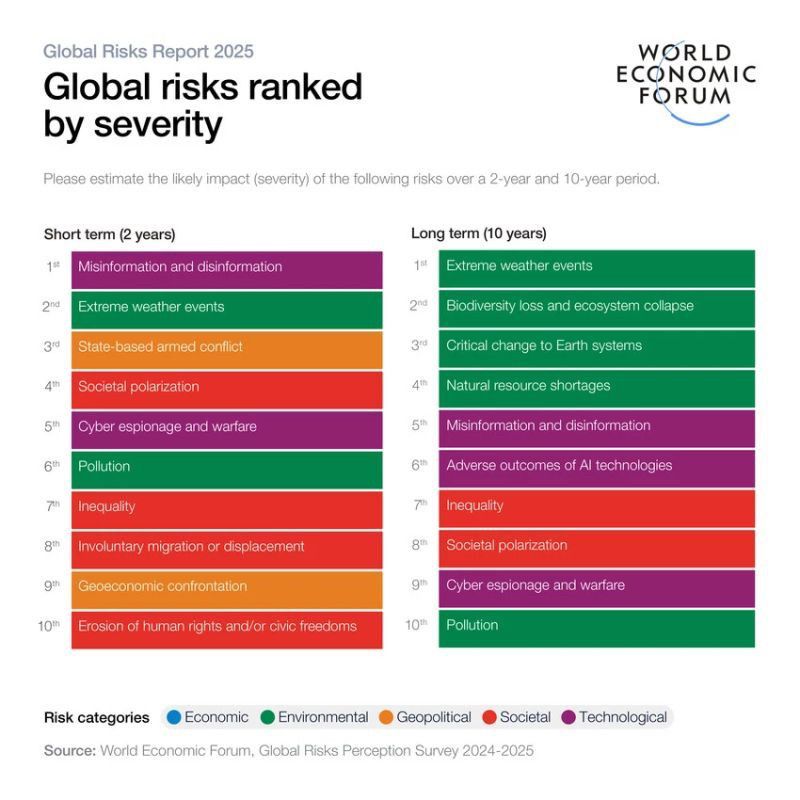
Reposted by: Xiaoli Nan
substack.com/home/post/p-... #MisinfoResearch

Reposted by: Xiaoli Nan
www.science.org/doi/10.1126/...

by Eric J. Topol — Reposted by: Xiaoli Nan
www.thelancet.com/journals/lan...


Reposted by: Xiaoli Nan


Reposted by: Xiaoli Nan, Robert Böhm, Aleksandra Cichocka
We provide user friendly recommendations for using NLP to ensure rigour and reproducibility
Here is a free link: www.nature.com/articles/s44...
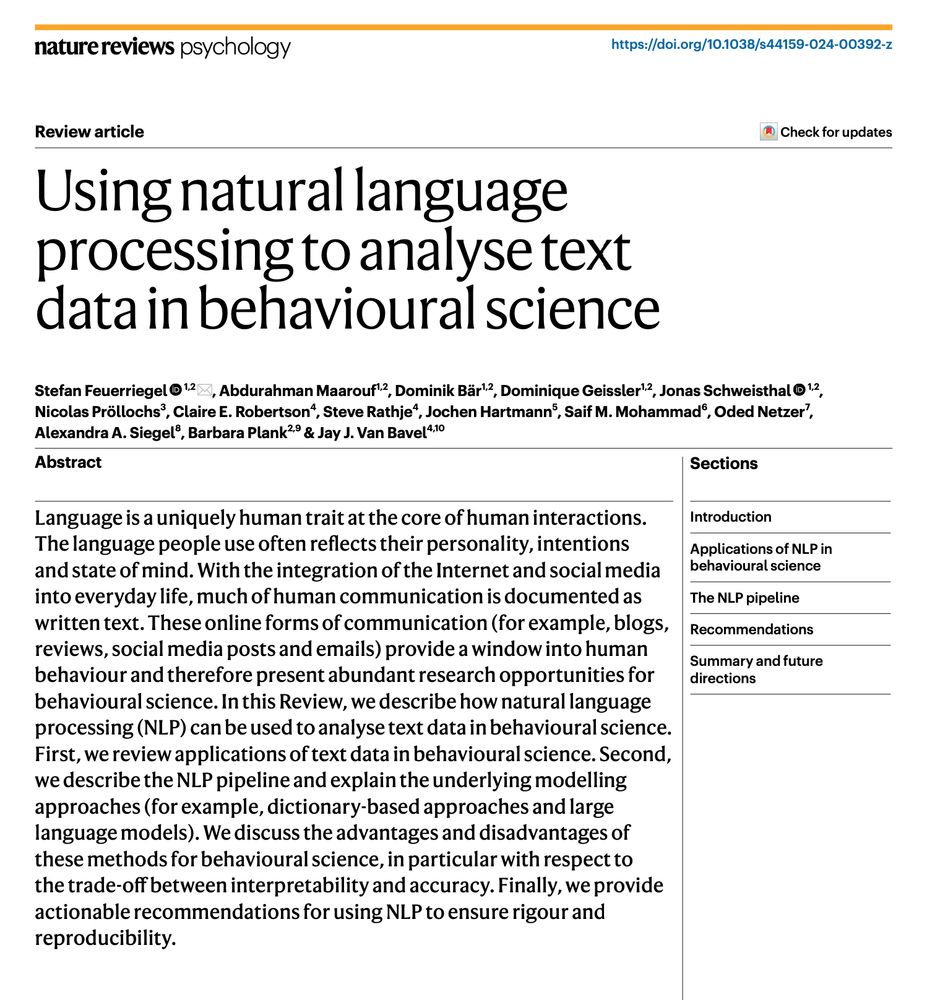
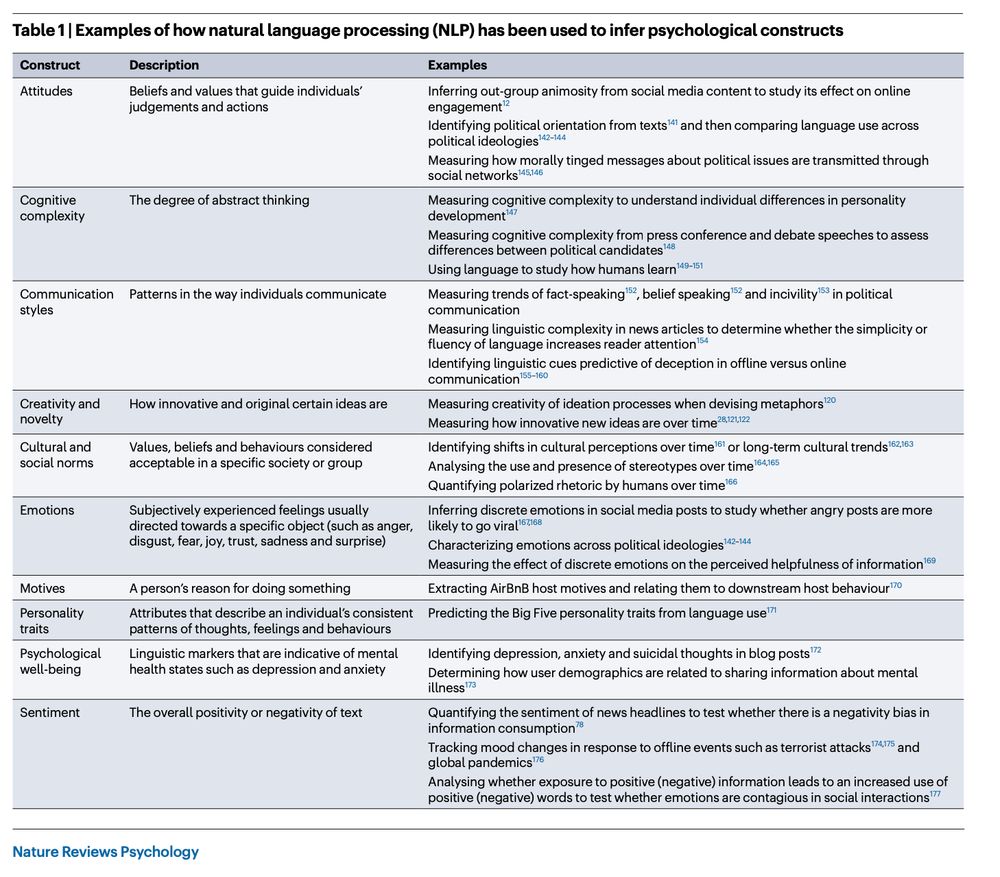
by Kate Starbird — Reposted by: Xiaoli Nan, Emily K. Vraga, Kai Sassenberg , and 2 more Xiaoli Nan, Emily K. Vraga, Kai Sassenberg, Sebastián Valenzuela, Jana Lasser
(1) The prevalence of misinformation in society is substantial when properly defined.
(2) Misinformation causally impacts attitudes and behaviors.
psycnet.apa.org/fulltext/202...
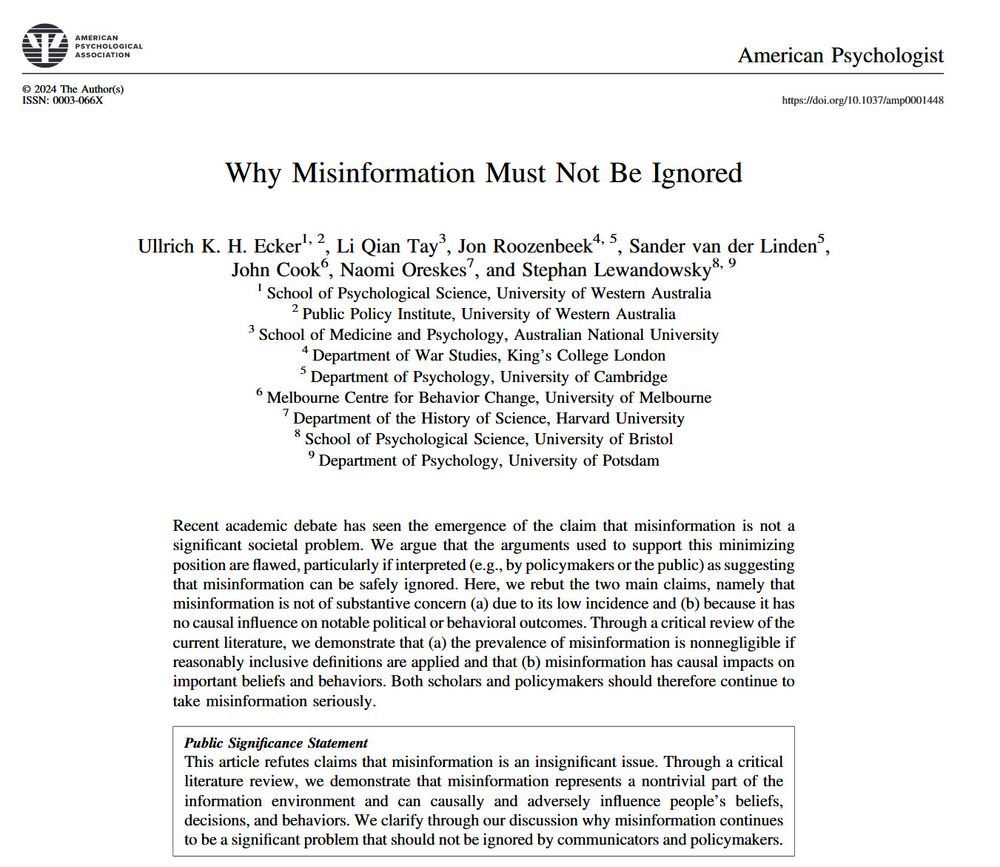
Reposted by: Xiaoli Nan

Reposted by: Xiaoli Nan, Joshua A. Tucker

by Brian A. Nosek — Reposted by: Xiaoli Nan
www.nature.com/articles/s41...

by Carl T. Bergstrom — Reposted by: Xiaoli Nan
www.pnas.org/doi/10.1073/...
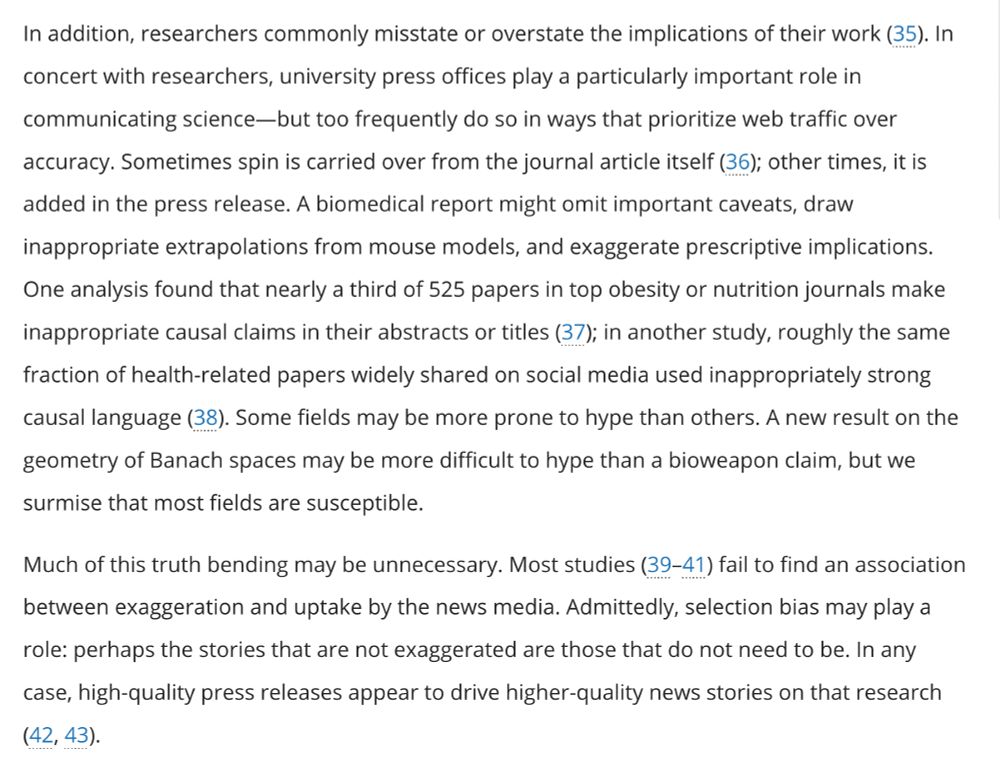
Reposted by: Xiaoli Nan, Robert West, Emily K. Vraga , and 2 more Xiaoli Nan, Robert West, Emily K. Vraga, David A. Broniatowski, John R. Kerr
It was a privilege to serve as one of the 15 committee members from a wide range of scientific disciplines who put this report together. Quick 🧵1/
www.nationalacademies.org/our-work/und...
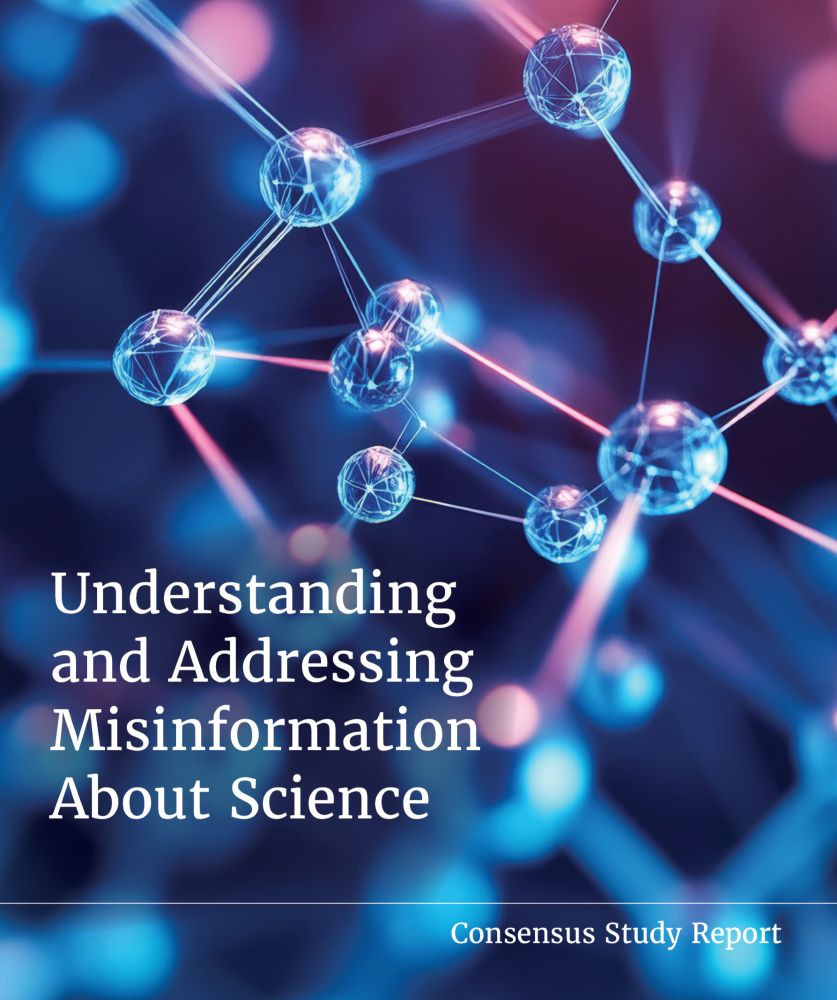
We show:
1. current applications of LMs in political science research *don't* meet basic standards of reproducibility...
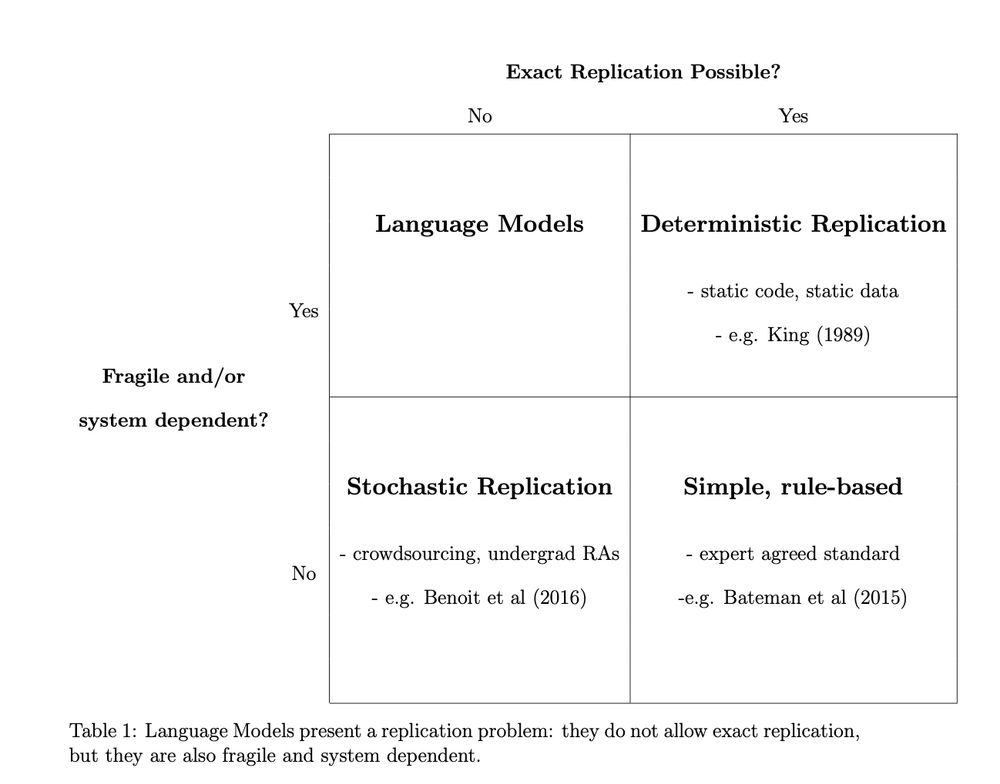
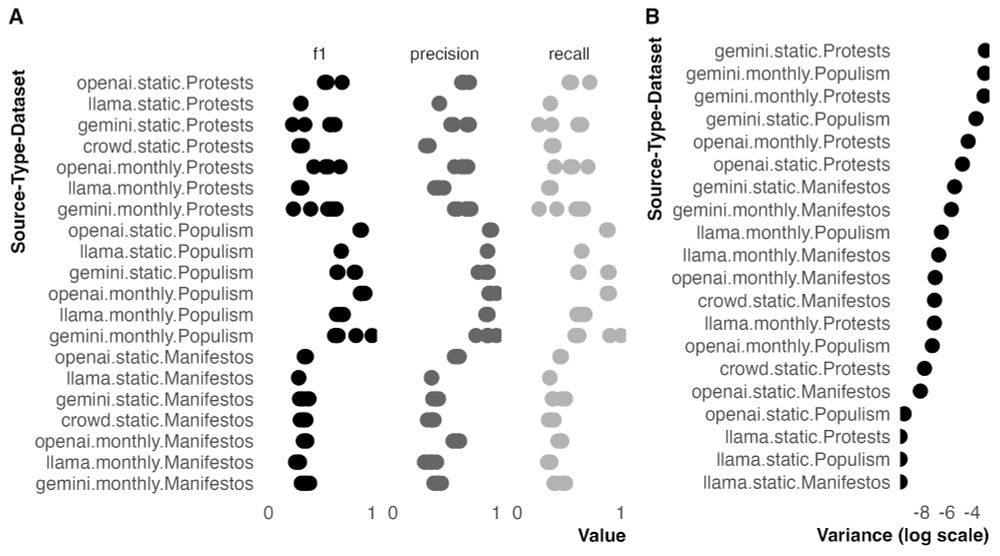
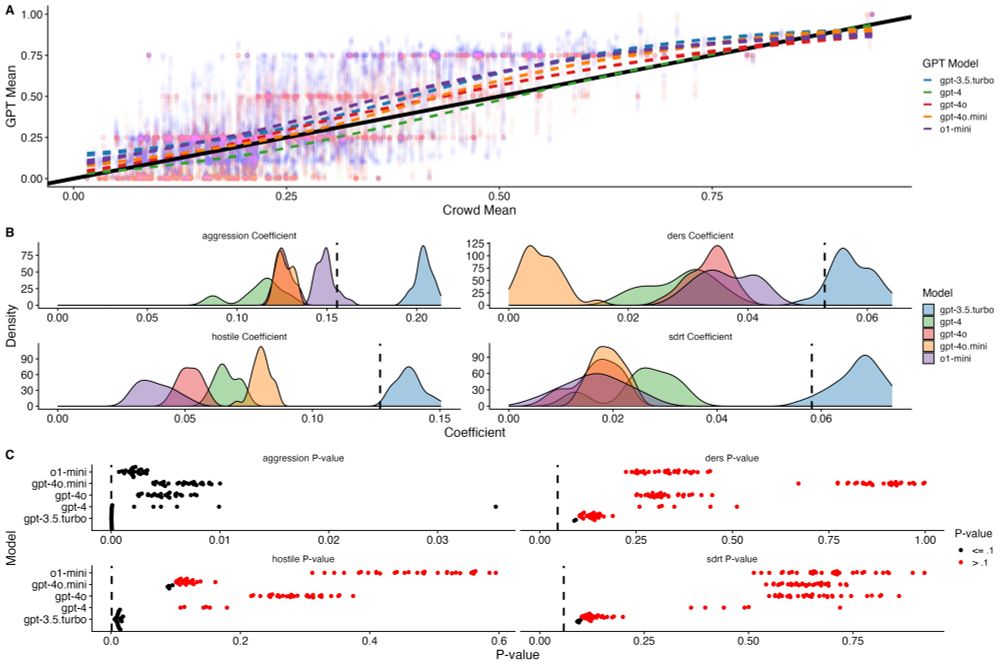
Reposted by: Xiaoli Nan
misinforeview.hks.harvard.edu/article/usin... #MisinfoResearch

Reposted by: Xiaoli Nan, Aleksandra Cichocka

by David G. Rand — Reposted by: Xiaoli Nan, Robb Willer, Pablo Brañas‐Garza , and 1 more Xiaoli Nan, Robb Willer, Pablo Brañas‐Garza, Jessica Gall Myrick
Conspiracy beliefs famously resist correction, ya?
WRONG: We show brief convos w GPT4 reduce conspiracy beliefs by ~20%!
-Lasts over 2mo
-Works on entrenched beliefs
-Tailored AI response rebuts specific evidence offered by believers
www.science.org/doi/10.1126/...
1/
[X->BSky repost]


Reposted by: Xiaoli Nan
View post
Reposted by: Xiaoli Nan
•experienced political practitioners and laypeople perform barely better than chance at predicting which messages will be most persuasive
•practitioners’ predictions are not meaningfully better than laypeople’s: https://buff.ly/3OU7rrB

by Matt Grossmann — Reposted by: Xiaoli Nan
journals.sagepub.com/doi/full/10....
